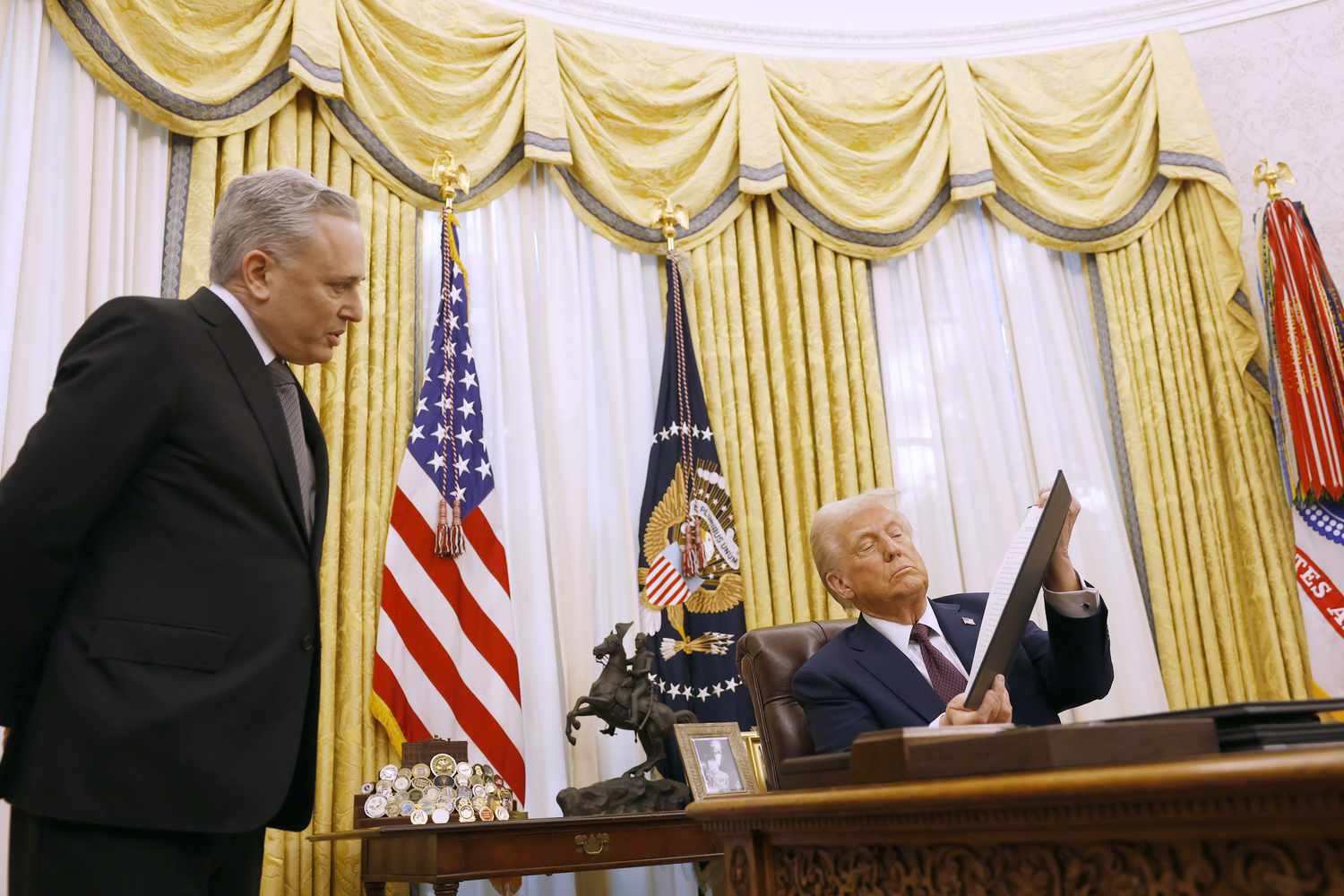
The Trump Executive order - What's in it for Cardano?
Dear Readers,
Jan 23rd, President Donald Trump signed an executive order titled "Strengthening American Leadership in Digital Financial Technology." This landmark decision has sent ripples across the crypto space, positioning the U.S. as a global leader in digital assets while introducing a federal approach to regulation and innovation. But what does this mean for crypto markets and, more importantly, for Cardano?
Key Highlights of the Executive Order
-
The Creation of a Crypto Stockpile: The order establishes a Presidential Working Group on Digital Asset Markets, led by David Sacks. This group is tasked with exploring the creation of a strategic national digital assets stockpile. Currently, the U.S. government holds approximately $20.9 billion worth of digital assets, including Bitcoin, Ether, and USDT. This "crypto treasury" could serve as a reserve to bolster financial stability and assert dominance in the Web3 space.
-
Rejection of CBDCs: In a move that surprised many, the order prohibits the creation and use of central bank digital currencies (CBDCs) in the U.S. Critics of CBDCs often cite concerns over surveillance and centralized control, and this decision aligns with the ethos of decentralization championed by many blockchain communities, including Cardano.
-
Regulatory Framework Development: All crypto-related regulations will undergo review within the next 30 days, with final recommendations due in 180 days. The emphasis on clarity and innovation aims to attract more developers and investors to the U.S.
Implications for the Crypto Market
This executive order has already sparked optimism among crypto enthusiasts. By aligning government policy with innovation and economic security, it lays the groundwork for mainstream adoption.
For blockchain projects like Cardano, this could be a game-changer. The emphasis on open financial systems and blockchain solutions resonates strongly with Cardano’s mission to create a more inclusive and transparent global economy. As Cardano continues to pioneer advancements in decentralized identity, governance, and scalability, a supportive regulatory environment in the U.S. could amplify its adoption.
How Cardano Fits Into This Narrative
While Bitcoin and Ethereum often steal the spotlight, Cardano’s unique approach to sustainability, interoperability, and scalability makes it a perfect candidate for institutional and governmental applications. Here are a few ways Cardano stands to benefit:
-
Government Partnerships: Cardano’s commitment to transparency and decentralized governance aligns well with the order’s push for open systems. The blockchain’s ongoing projects in Africa to revolutionize education and identity systems could serve as a model for U.S.-led initiatives.
-
Regulatory Compliance: With its focus on rigorous peer-reviewed research and a strong commitment to compliance, Cardano is well-positioned to thrive under new U.S. regulations.
-
Seizing Market Opportunities: As the U.S. evaluates its digital assets strategy, Cardano’s robust ecosystem—from staking to decentralized finance (DeFi) applications—can provide scalable solutions that align with national goals.
What’s Next?
For now, the crypto community will keep a close eye on the Presidential Working Group’s recommendations and how they shape the regulatory landscape. At the same time, projects like Cardano have an opportunity to rise to the occasion, demonstrating how blockchain technology can drive financial inclusion and innovation on a global scale.
This is a pivotal moment for blockchain—one where vision meets action. With Cardano’s unwavering focus on delivering sustainable, decentralized solutions, it’s time to position ourselves at the forefront of this new era.
Stay tuned for more updates as we unpack the evolving landscape. Together, we’ll navigate these exciting times for Cardano and the broader crypto world.
Yours in decentralization,
Jason & Tim